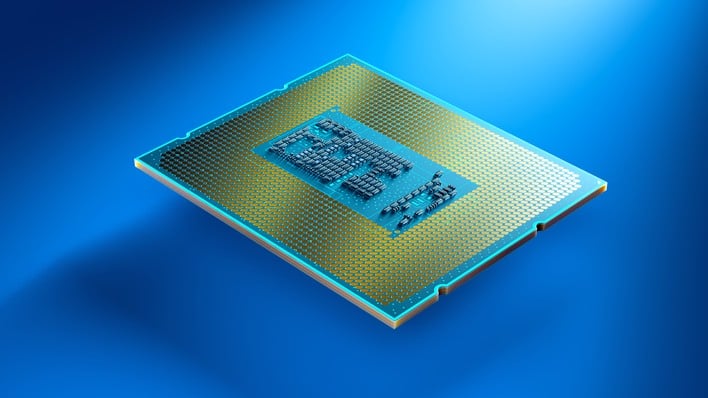When we first heard about Bartlett Lake early last year, the leaks spoke of a promise of a series of P-core-only processors for LGA 1700 desktop systems. In July, well-regarded leaker Jaykihn (@jaykihn0 on Xwitter) clarified that “BTL-S” is actually a whole series of processors comprising everything from dual-core parts all the way up to both 8+16 hybrid CPUs as well as 12+0 configurations.
Even after CES 2025, that’s actually more than we’ve heard directly from Intel about these parts. The company very briefly mentioned Bartlett Lake in its Edge Computing brief, but didn’t give any details at all about models or configurations. What we know officially is that the Intel Core 200S series—not to be confused with the “Arrow Lake-S” Core Ultra 200S series—is “formerly known as Bartlett Lake.”

The first appearance of such CPUs in the wild has come in the form of Computer On Module units from Congatec, specifically in the “COM-HPC” form factor intended for high performance computing. These modular units host a socketed Core 200 series processor and four DDR5 SO-DIMM slots for up to 128GB of RAM running at 4000 MT/s. Congatec specifically describes these CPUs as Bartlett Lake.
So that lines up with what Jaykihn said last year—at least some of the “Bartlett Lake” family will be made up of reheated Raptor Lake and Alder Lake silicon, and those parts will obviously be hybrid processors with “Cove” family P-cores and Gracemont E-cores. The top end processor that Congatec is offering in its COM-HPC modules is a Core 7 251E with eight P-cores and 16 E-cores, topping out at 5.6 GHz. That sounds rather similar to a Core i7-13900, the 65W version of the 13900K.
Where are the all-P-core “Bartlett Lake” chips, then? Well, assuming that they do exist (which hasn’t been confirmed anywhere yet), we probably won’t hear about them until they launch, and last year’s leaks said that won’t happen until Q3 of this year. Even in that case, it’s not clear that Bartlett Lake will be a desirable upgrade for folks who already have Raptor Lake processors.

Chart: Jaykihn (@jaykihn0 on Twitter, click the tweet above)
The lack of E-cores means that even the purported twelve-core top-end model will probably see reduced multi-core throughput compared to the 24-core hybrid Core i9 processors, and given the “edge computing” design emphasis, it’s also unlikely that we’ll see P-core clock rates top 6 GHz as the extant LGA 1700 Core i9 processors can do. That means single-core throughput will be weaker, too.
Also, considering the NEX group’s market focus, it’s pretty unlikely that these ‘non-Ultra’ Core 200 chips will find their way to the DIY market, and that may be the case for the eventual P-core-only processors as well. Certainly a chip with twelve Raptor Lake cores in an LGA 1700 socket would be a cool thing to see, but it may not be all it’s cracked up to be by enthusiasts. Even still, if the CPUs should materialize later this year, you can bet we’ll be checking them out.

